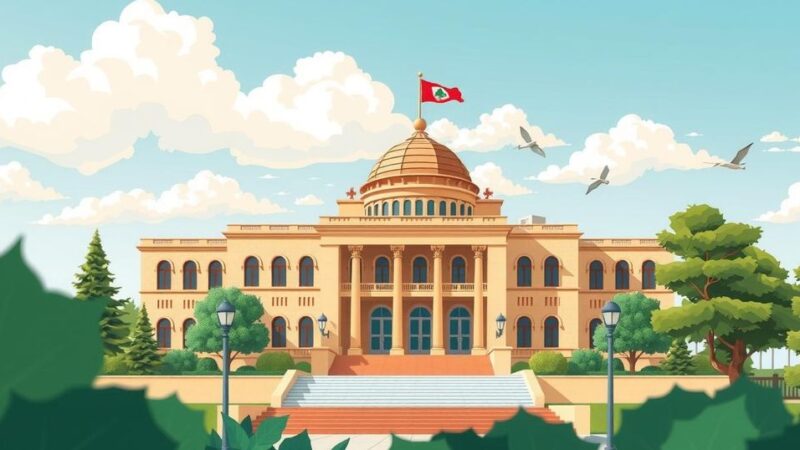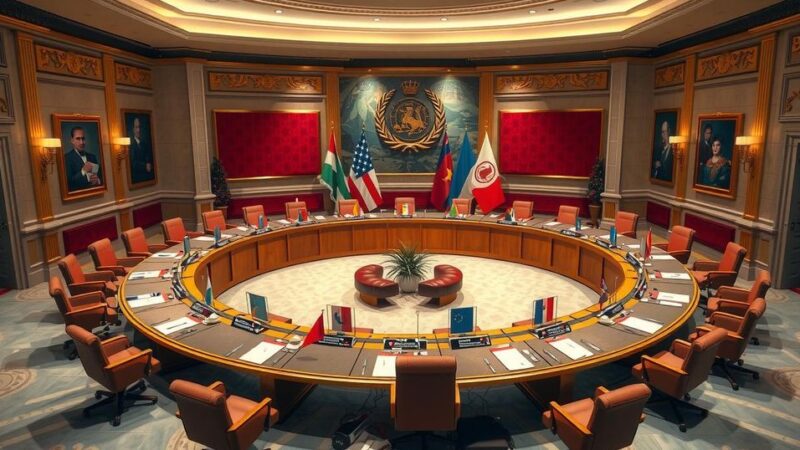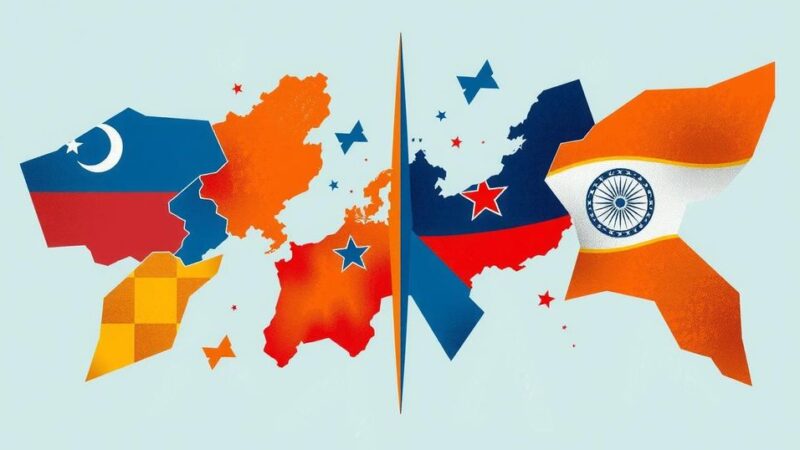Over the past year, Iran has faced external challenges, including weakened regional allies and potential U.S. pressure under a new Trump administration. Despite perceptions of vulnerability, Tehran views these issues as temporary. The Islamic Republic is enacting limited internal reforms to solidify domestic support while managing dissent, hoping to maintain stability in the face of external threats.
Over the past year, Iran has encountered significant challenges, including setbacks for its regional allies Hamas and Hezbollah, which have been weakened by Israeli actions. Additionally, President Bashar al-Assad’s government has abruptly collapsed in Syria, while the anticipated re-election of Donald Trump raises concerns over the reinstatement of maximum pressure policies that previously damaged Iran’s economy. Many U.S. analysts argue that these developments signal a strategic defeat for the Islamic Republic.
Contrary to the assessments of U.S. officials, Iran perceives its challenges as temporary. The Islamic Republic believes that despite their losses, Hamas and Hezbollah have involuntarily emerged victorious by enduring as guerrilla organizations against a superior military force. Iran contends that grassroots support persists for these groups, evidenced by continued backing from Palestinians and Shiite populations. Furthermore, Yemen’s Houthis maintain their commitment to Palestine and Iran’s broader strategic objectives by disrupting regional activities.
Acknowledging their partners’ diminished power post-October 7 attacks, Iranian officials have taken steps to bolster domestic support. This includes relaxed enforcement of dress codes for women and eased restrictions on social media, which allow critical discourse regarding government policies. Such measures aim to assuage public dissatisfaction and fortify national unity in anticipation of external pressures.
Nevertheless, these adjustments should not be misconstrued as a push toward Western engagement but rather as efforts to stabilize internal dynamics. Iran hopes that with increased public support, it can withstand potential pressures from the U.S. President, especially given Trump’s dual approach of offering diplomatic overtures while maintaining military threats.
The fall of Assad’s regime poses a more significant concern for Iran, despite earlier recognition of his unpopularity. The rapid collapse of the Syrian army caught Iranian leadership by surprise, compelling them to reassess their strategic options. Iranian officials acknowledged that external psychological operations played a role in the assessment, and internal issues, such as public discontent, compounded the matter.
Iran is aware of its diminished “social capital,” as admitted by Minister Abbas Salehi, reflecting a critical disconnect between the government and its populace. In response, the regime has incrementally relaxed restrictions, including suspending the implementation of a new veiling law that risked alienating women and increasing unrest.
This shift in public policy comes after widespread protests following the death of Mahsa Amini during morality police enforcement of dress codes. Such relaxed regulations are designed to mitigate public backlash while signaling to conservatives the importance of maintaining public support in light of potential consequences.
Moreover, the regime has allowed for more open dialogue surrounding contentious issues, with domestic media increasingly incorporating dissenting voices. Tehran seeks to cultivate an environment where public frustration can be vented without escalating into widespread protests, thereby staving off the influence of critical international media.
Ultimately, Iran’s leadership envisions that sparking domestic debate on foreign policy issues will enhance their negotiating power in discussions with the United States, potentially leading to an agreement that addresses key U.S. concerns without compromising Iranian sovereignty or capabilities.
In light of perceived vulnerabilities, Iranian leaders are focused on fostering a united internal front against external threats. Limited reforms are intended to preclude dissent from undermining the nation’s integrity. Iran remains resolute in its core strategies of defiance while managing societal expectations to avoid destabilizing the state.
In conclusion, Iran is currently confronting significant internal and external pressures, prompting a strategic recalibration to sustain domestic stability and national unity. While the Islamic Republic perceives its challenges as temporary setbacks, it is implementing limited reforms aimed at addressing public discontent and reinforcing its governance. The developments in Syria, alongside the evolving geopolitical landscape under U.S. administration, shape Iran’s approach as it strives to maintain resilience against potential foreign pressures while staying committed to its core strategies.
Original Source: www.foreignaffairs.com






